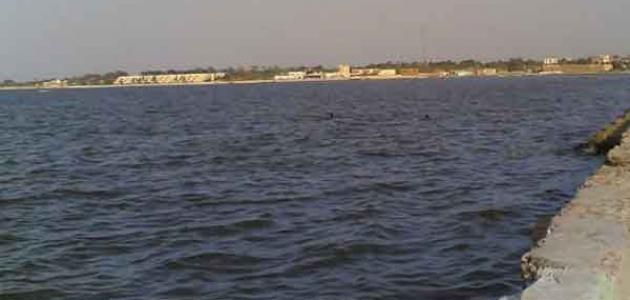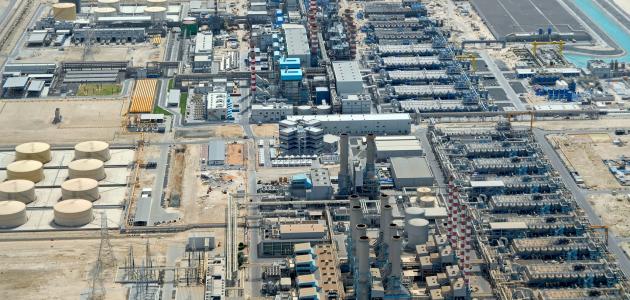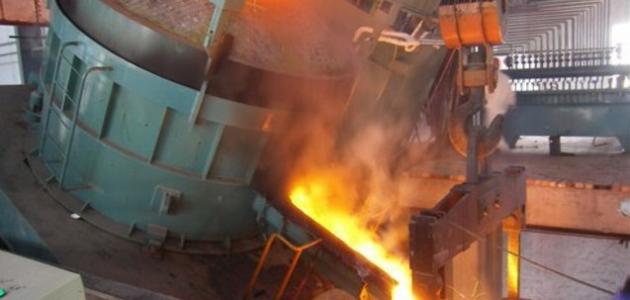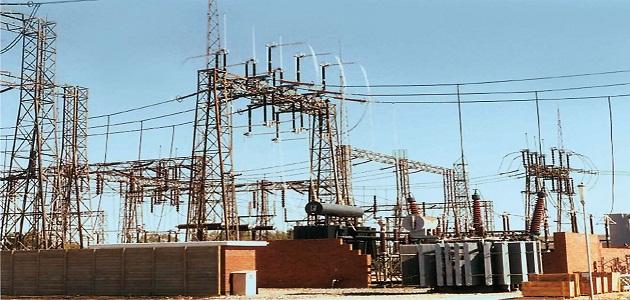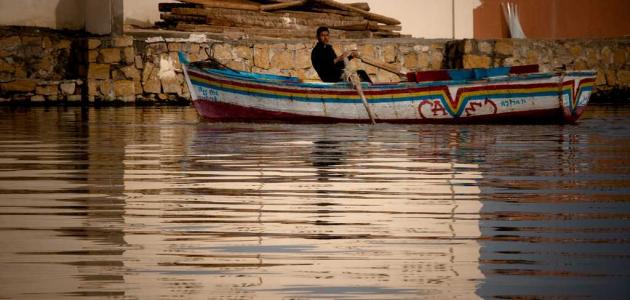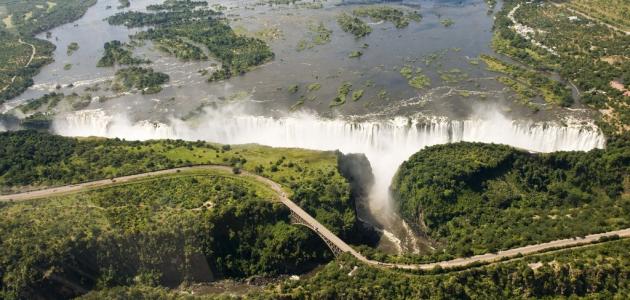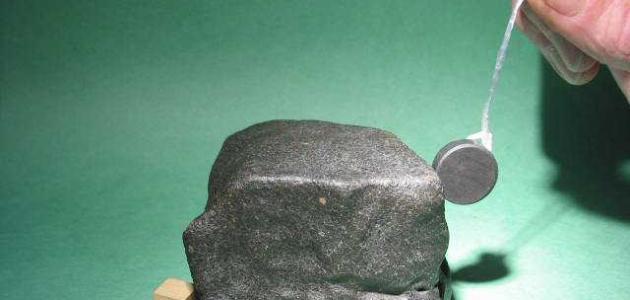Qarun Lake
Lake Qarun, or as it is called Pool of Qarun, is located in the city of Fayoum in the northwestern side of Beni Suef Governorate, located on the western bank of the Nile River. They are separated by a distance of up to fifty kilometers, and it is considered one of the largest natural lakes in the Arab Republic of Egypt.
Ancient history indicates that this lake has nothing to do with the land eclipse in Qarun, but the name is merely a similarity of names and nothing more. It also bore the name Barun in ancient Pharaonic times, and its name was changed to Lake Qarun in modern times.
Lake Qarun site
Lake Qarun is about twenty-seven kilometers north from the city of Fayoum in Upper Egypt. It is considered the deepest lake in the country, and a type of fish lives in it that is able to live in salt and fresh water and adapt to it.
In the days of the Pharaohs, the lake derived its water source from the Nile River during its flood, because it was forty-five meters below sea level. It was exploited during the reign of the Pharaoh of Egypt, descended from the dynasty of the Twelfth Egyptian Dynasty, by constructing canals and dams to preserve and store water during the flood of the river. The Nile, its area extends to three hundred and thirty square kilometers, with a length of up to forty kilometers and a width of seven kilometers. The area of the lake has shrunk due to the drought that has befallen it over the ages.
Read also:How to know the original gemstonesThe depth of Lake Qarun
Lake Qarun is one of the shallow natural lakes, with an average depth of seven and a half metres, and its deepest point reaching fourteen metres, as it is fifty kilometers long and twelve kilometers wide.
Wastewater in Lake Qarun
The lake depends on the sea to compensate for the loss of its water in order to restore balance to itself. Recently, wastewater has become a source of danger to the lake and to the agricultural interest and fish wealth of the lake, especially since the water drained from agricultural lands is loaded with the remains of chemical fertilizer, which harms the lives of fish in the lake and eliminates them. , and aquatic life in it, so the Egyptian government worked to develop a project aimed at purifying wastewater in order to exploit this water and benefit from it in agricultural matters instead of throwing it into the lake.
The sea contributed to raising the level of salinity in the lake, making the concentration of salts in it high. In addition, the high-salt waste water contributed to increasing its salinity. This area is considered isolated from the rest of the area in the Egyptian Nile Valley. What made the matter more complicated is the unequal distribution of lands in the valley and delta.
Read also:Protecting wildlifeThe Nile Valley is the only depression whose level is lower than sea level, and it is noteworthy that the topography contributed to the formation of the Fayoum topography, so that it became areas full of man-made terraces and terraces.
